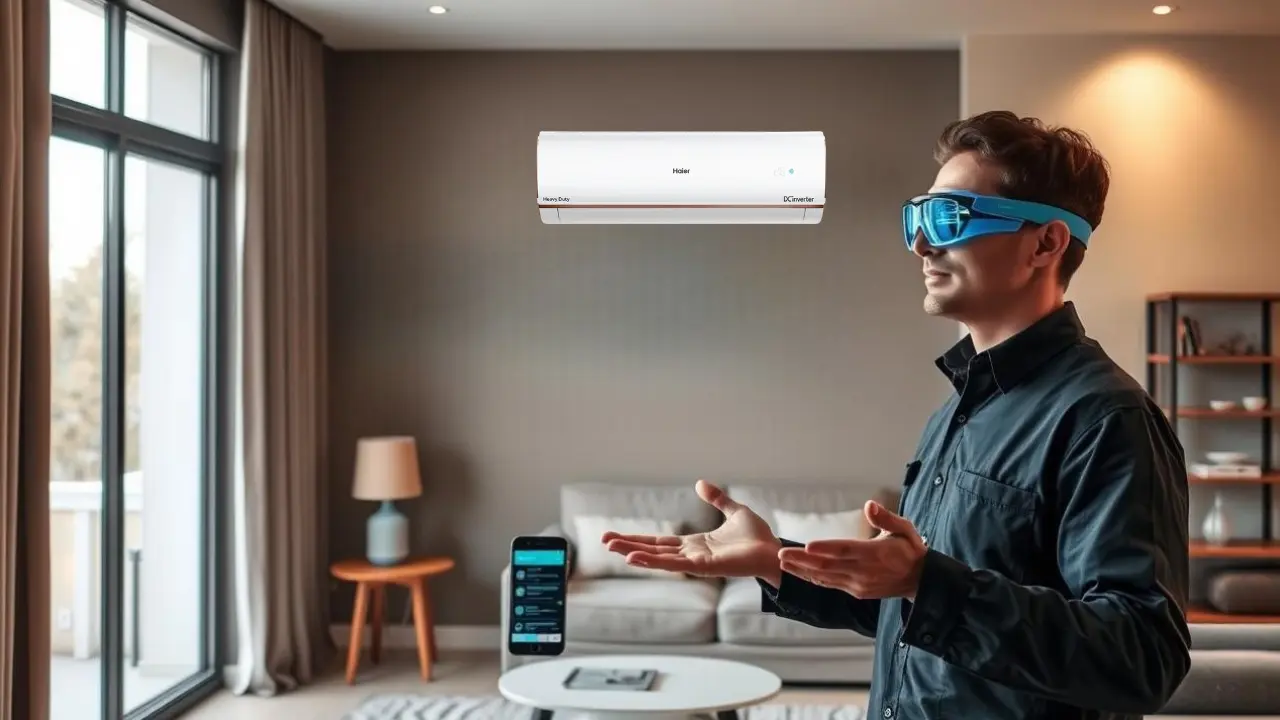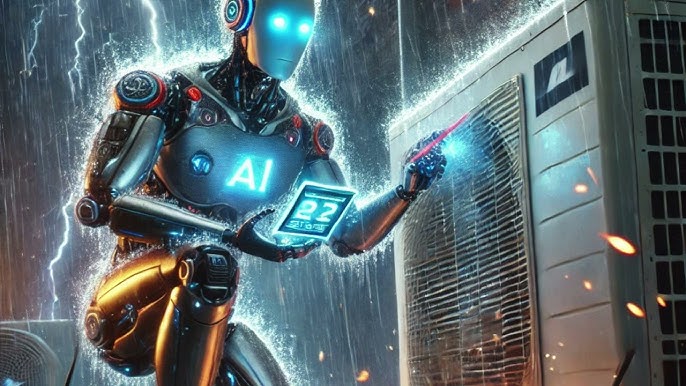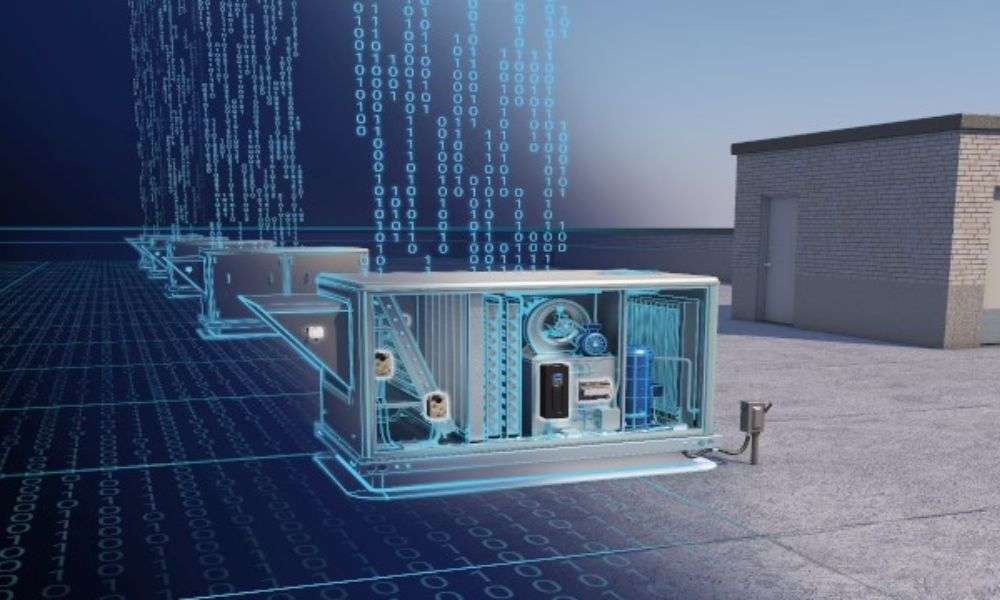In today’s fast-paced world, the role of AI for commercial HVAC optimization has become increasingly important. With technology advancing rapidly, industries are constantly seeking ways to improve efficiency and sustainability. The integration of AI into commercial HVAC systems represents a significant leap forward in achieving these goals.
The primary keyword, AI for commercial HVAC optimization, is at the forefront of this transformation. By harnessing the power of artificial intelligence, businesses can not only reduce energy consumption but also enhance the performance and longevity of their HVAC systems.

Understanding the Basics of AI in HVAC
Before delving deeper into how AI is revolutionizing commercial HVAC systems, it’s essential to understand the basics. Artificial intelligence refers to the simulation of human intelligence in machines. These intelligent systems can learn, reason, and solve problems. When applied to HVAC systems, AI can analyze vast amounts of data, identify patterns, and make decisions to optimize performance.
Key Benefits of AI-Driven HVAC Systems
The integration of AI into HVAC systems offers numerous benefits. Firstly, it enhances energy efficiency by continuously monitoring and adjusting settings to minimize energy use. Secondly, it improves indoor air quality by precisely controlling temperature, humidity, and ventilation. Lastly, AI-driven systems can predict and prevent equipment failures, reducing maintenance costs and downtime.
How AI Enhances Commercial HVAC Optimization
One of the most exciting aspects of AI in commercial HVAC optimization is its ability to enhance the overall system performance. By using advanced algorithms and machine learning, AI can adapt to changing conditions and optimize system settings in real-time. This adaptive capability ensures that HVAC systems operate at peak efficiency, regardless of external factors.
Real-World Applications of AI in Commercial HVAC
Several real-world examples illustrate the power of AI in commercial HVAC optimization. For instance, companies are implementing AI-based airflow analysis to optimize ventilation systems, ensuring that air is distributed efficiently throughout the building. In addition, AI-based diagnostics are being used to identify potential issues before they become major problems.
The Role of Data in AI-Driven HVAC Systems
Data is the backbone of AI systems. Without data, AI models cannot function effectively. In the context of HVAC optimization, data is collected from various sensors and devices. This data is then processed and analyzed by AI algorithms to make informed decisions. The more data an AI system has, the more accurately it can optimize HVAC performance.
Challenges and Considerations in AI for HVAC
While the benefits of AI for commercial HVAC optimization are undeniable, there are challenges and considerations to keep in mind. One major challenge is the integration of AI with existing HVAC infrastructure. Retrofitting older systems with AI technology can be complex and costly. Additionally, there is a need for skilled personnel who can manage and maintain AI-driven HVAC systems.
The Future of AI in Commercial HVAC Systems
The future of AI in commercial HVAC systems is promising. As technology continues to advance, we can expect even more sophisticated AI models that can further enhance HVAC performance. The ultimate goal is to create systems that are not only energy-efficient but also capable of providing the best possible indoor environment for occupants.
Integration with Smart Building Technologies
The integration of AI with smart building technologies is a key area of development. By combining AI-driven HVAC systems with other smart technologies, buildings can achieve unprecedented levels of efficiency and sustainability. This integration allows for seamless communication between different systems, resulting in a truly intelligent and responsive building environment.
Environmental Impact of AI in HVAC
The environmental impact of AI in HVAC systems cannot be overstated. By optimizing energy use, AI-driven HVAC systems significantly reduce carbon emissions. This reduction contributes to the global effort to combat climate change and create a more sustainable future.
Cost Savings and Return on Investment
Investing in AI for commercial HVAC optimization can lead to significant cost savings. By reducing energy consumption and minimizing maintenance costs, businesses can achieve a substantial return on investment. Additionally, AI-driven systems can extend the lifespan of HVAC equipment, further enhancing cost-effectiveness.
AI and HVAC: A Winning Combination
In conclusion, the integration of AI into commercial HVAC systems is a game-changer. It offers a winning combination of enhanced efficiency, improved performance, and reduced environmental impact. As more businesses recognize the benefits of AI-driven HVAC systems, we can expect widespread adoption and continued innovation in this field.
Resources and Further Reading
For more information on how AI is transforming the HVAC industry, check out this external resource. Additionally, explore the benefits of real-time HVAC diagnostics to gain a deeper understanding of AI applications.

FAQs
What is AI for commercial HVAC optimization?
AI for commercial HVAC optimization refers to the use of artificial intelligence to enhance the performance and efficiency of HVAC systems in commercial settings. It involves using AI algorithms to analyze data and make real-time adjustments to optimize system performance.
How does AI improve energy efficiency in HVAC systems?
AI improves energy efficiency in HVAC systems by continuously monitoring system performance and making adjustments to minimize energy use. It can identify patterns and predict future energy needs, allowing for more precise control of HVAC settings.
What are the challenges of integrating AI into existing HVAC systems?
One of the main challenges of integrating AI into existing HVAC systems is the complexity and cost of retrofitting older systems. Additionally, there is a need for skilled personnel to manage and maintain AI-driven systems.
This article contains affiliate links. We may earn a commission at no extra cost to you.
